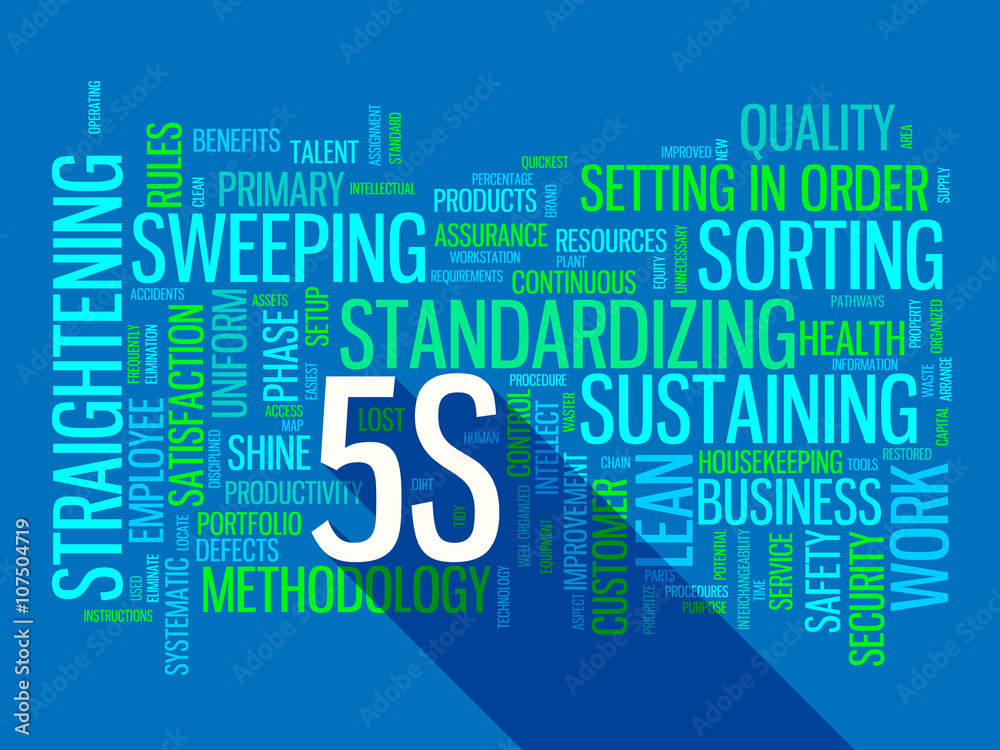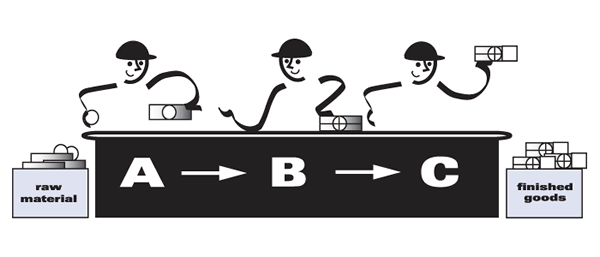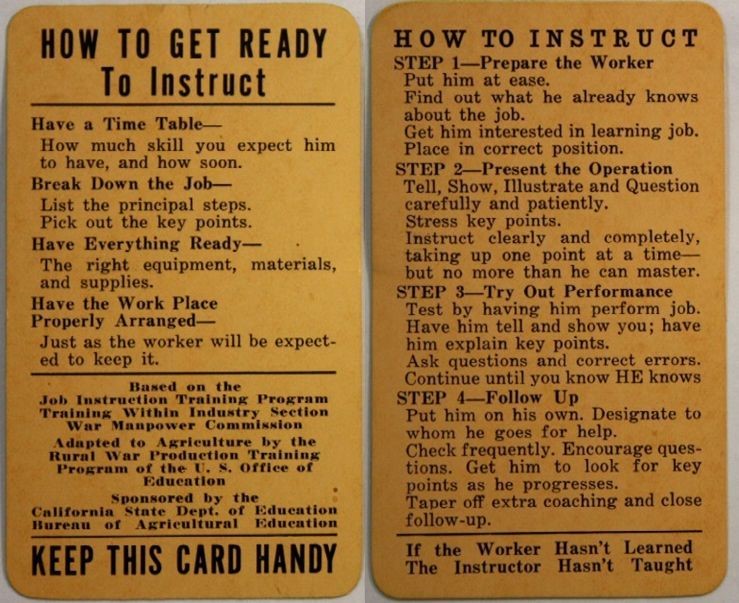We Learn Your Workforce Learn to Implement Small Improvements Daily
At NovaSets, we believe that true success comes from continuous improvement, and the best way to achieve that is by empowering the people who are at the heart of your organization—your workforce. We provide hands-on training to help your teams improve every day, making their work more efficient, enjoyable, and impactful.
Our approach focuses on practical Lean techniques that make the work environment better for everyone. By using tools like 5S (Sort, Set in Order, Shine, Standardize, Sustain), Standard Work, Creating Continuous Flow, Making Materials and Information Flow, and Visual Management Tools, we help make things overly clear and reduce confusion. These methods create a structured, easy-to-understand environment that makes improvement natural and engaging.
With 5S, we start by organizing and simplifying the workspace, making it easier for employees to focus on what really matters. Standard Work ensures that everyone knows the best way to do each task, reducing variability and waste. By Creating Continuous Flow and ensuring that materials and information flow smoothly, we eliminate bottlenecks and create a seamless work process. And with Visual Management Tools, we make everything visible and intuitive, so the entire team can easily see what’s happening and what needs attention.
But it’s not just about efficiency. At NovaSets, we make improvement fun. We believe that when people enjoy what they do, they are more engaged and more willing to find new ways to make things better. Our training sessions are designed to be interactive and practical, ensuring that employees not only learn valuable skills but also feel motivated to apply them every day.
The results speak for themselves: reduced costs, improved productivity, and a workforce that’s excited about making a difference. When everyone is aligned and working towards a common goal of continuous improvement, amazing things happen.
Ready to Empower Your Team?
If you want your workforce to embrace daily improvement, reduce costs, and have fun doing it, contact us today. Let’s work together to create a culture of continuous improvement that drives success.
Implementing 5S
The 5S methodology is a workplace organization system that helps improve efficiency, productivity(, and safety when we choose to implement 6S). Each of the five components represents a key principle for maintaining an organized and effective workspace:
- Sort (Seiri): Identify and remove unnecessary items from the work area. This eliminates clutter and makes it easier to find the tools you need.
- Set in Order (Seiton): Arrange tools and equipment in a logical way to enhance workflow. Everything should have a designated place, which reduces wasted time searching for items.
- Shine (Seiso): Clean the work area regularly to maintain a safe and efficient environment. A clean workspace helps to quickly identify issues like equipment leaks or other hazards.
- Standardize (Seiketsu): Establish routines and standards for keeping the work area organized and clean. This ensures consistency and helps everyone understand their responsibilities.
- Sustain (Shitsuke): Make 5S a habit by promoting discipline and continuous improvement. Regularly review the process to ensure the standards are upheld and look for ways to improve further.
Implementing 5S leads to a more organized, efficient, and safe workplace, empowering employees to work effectively.
Creating Continuous Flow / Single Piece Flow
Creating Continuous Flow, often called single-piece flow, is a lean manufacturing principle designed to enhance efficiency and reduce waste by moving products through the production process one unit at a time. Unlike traditional batch production, where items are processed in large groups, continuous flow aims to keep work constantly moving, with each step completed one after another without interruptions.
The concept of continuous flow helps minimize delays, reduce work-in-progress inventory, and improve overall quality. By focusing on a single unit at each stage, problems are detected and addressed immediately, preventing defects from accumulating further down the line. This leads to fewer errors, higher quality products, and more predictable lead times.
To implement continuous flow effectively, each step in the process must be balanced in terms of timing and capacity. This often requires breaking down large tasks into smaller, manageable operations and reconfiguring workstations to be closer together, ensuring a smooth handoff between steps. Employees are cross-trained to handle multiple tasks, allowing for flexibility and a smoother flow of work.
The benefits of creating continuous flow extend beyond just efficiency. It also leads to a more engaged workforce, as employees have a clear view of the entire process and are empowered to identify and solve problems. By eliminating bottlenecks and reducing waiting times, continuous flow contributes to a more agile and responsive production system.
In summary, continuous flow or single-piece flow is about creating a seamless production environment where work moves steadily from one step to the next, reducing waste and maximizing value. By focusing on smooth, uninterrupted movement, companies can achieve better quality, shorter lead times, and more satisfied customers.
Supporting functions: Material and Information Flow
To support continuous flow effectively, two critical elements must work in harmony: Material Flow and Information Flow. Both are essential in ensuring that production runs smoothly, with minimal interruptions and maximum efficiency.
Material Flow is about ensuring that all physical resources—raw materials, components, tools, and finished products—arrive at the right place, in the right quantities, and at the right time. Achieving a smooth material flow means that every workstation has exactly what it needs without unnecessary inventory buildup or shortages that could lead to production delays. Effective material flow is built on principles like just-in-time delivery, well-organized storage, and clear pathways for moving items efficiently. It aims to keep work moving seamlessly, reducing waiting times and avoiding excess inventory that can lead to waste.
Information Flow, on the other hand, focuses on delivering the right information to the right place at the right moment. This ensures that everyone involved in the production process knows what needs to be done, when it needs to be done, and how it should be carried out. Information flow involves clear communication of production schedules, inventory levels, quality requirements, and work instructions. By keeping all team members informed and aligned, information flow helps prevent miscommunications and errors, allowing for a more efficient and coordinated production environment.
Together, effective material and information flows support a continuous flow of work, minimizing delays, reducing waste, and improving overall productivity. When materials and information are where they need to be, when they need to be there, production becomes more predictable, and quality is easier to maintain—leading to better outcomes for both the company and its customers.
Standard Work in Lean: Building a Foundation for Consistency and Improvement
The Origins of Standard Work
Standard work, originally known as Working Within Industry (WWI), began during World War II as a way to increase productivity and quality in factories producing war supplies. The need for efficiency and consistency was critical, as factories needed to train new workers quickly and maintain high standards despite high turnover rates. WWI focused on establishing the best-known methods to ensure that every worker could perform tasks effectively, regardless of experience level. This concept eventually evolved into what we know today as standard work—a foundational principle of Lean that drives consistency, quality, and continuous improvement.
What is Standard Work?
Standard work is a fundamental concept in Lean that ensures consistency, efficiency, and quality in any process. It represents the best-known method for performing a task, established through collaboration and refined continuously. Standard work captures the safest, most effective way to perform a job, creating a consistent process that can be followed by anyone in the organization.
The purpose of standard work is not to restrict creativity but to establish a solid foundation from which teams can innovate and improve. By documenting current best practices, standard work becomes a key tool for training, monitoring, and enhancing operations over time.
Why Standard Work Matters
Without standard work, processes are often inconsistent—each team member may have a slightly different way of doing things, which can lead to inefficiencies, errors, and wasted time. By implementing standard work, organizations create a clear, repeatable process that ensures everyone is aligned. This helps reduce errors, improve productivity, and provides a baseline for training new employees effectively.
For example, in a manufacturing setting, documenting the most efficient way to perform an assembly task leads to fewer mistakes and smoother on boarding for new workers. It also makes it easier to identify opportunities for improvement, as everyone follows the same process.
Continuous Improvement Through Standard Work
Standard work is a living document. It’s designed to evolve as new methods are discovered and improvements are made. Employees are encouraged to suggest changes when they see an opportunity to make a task safer, faster, or more efficient.
This continuous improvement mindset turns standard work into a dynamic tool that supports growth. When a new improvement is identified, it can be tested, measured, and then updated in the standard work documentation, ensuring that the entire organization benefits from the innovation.
Applications Beyond Manufacturing
Standard work isn’t just for manufacturing—it’s applicable across industries. In healthcare, it can ensure that patient intake procedures are safe, efficient, and consistent. In an office environment, it can streamline processes like report generation, reducing errors and ensuring quality.
No matter the industry, standard work aims to establish best practices that can be shared and improved upon, providing a foundation for excellence that benefits both employees and customers.
Balancing Consistency with Flexibility
Standard work provides the stability needed for consistent performance while allowing for flexibility and improvement. By establishing a clear process, it becomes easier to identify inefficiencies and implement changes. Employees are empowered to innovate from a stable foundation, leading to a culture of continuous improvement.
Take the First Step Towards Improvement
If your organization wants to improve consistency, efficiency, and overall performance, establishing standard work is the best place to start. It creates a stable environment where teams can thrive and innovation can flourish. Contact us today to learn how we can help you implement standard work and drive sustainable improvements.



